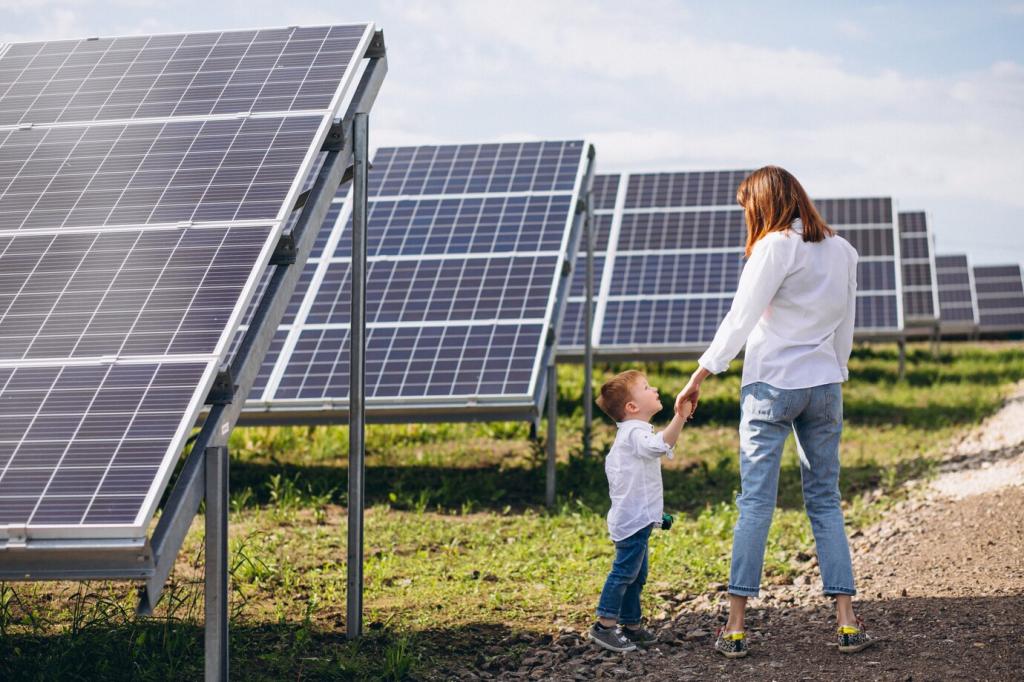
Rainwater Harvesting Systems for Green Homes
Chosen theme: Rainwater Harvesting Systems for Green Homes. Turn every rainfall into resilience. Explore practical designs, heartfelt stories, and smart steps to make your home greener, your garden happier, and your community more water-secure. Join us, share your ideas, and subscribe for thoughtful updates.
Start With the Sky: Fundamentals of Rainwater Harvesting
Rain hits your roof, flows through clean gutters, passes a first-flush diverter, and gathers in tanks ready for gardening, toilet flushing, and emergency reserves, reducing municipal demand year-round. It is simple, elegant, and surprisingly transformative.


Roof Materials and Water Quality
Smooth metal roofing sheds debris quickly and often delivers cleaner water than aging asphalt shingles. Avoid copper and treated wood that can leach metals or preservatives. If unsure, test runoff and install appropriate filtration matched to your household’s intended uses.

Gutter Sizing, Leaf Guards, and Downspouts
Properly sized gutters prevent overflow during intense storms, while leaf guards reduce maintenance and contamination. Secure downspouts with gentle bends to protect flow, and position screens at inlets so twigs, pollen, and bird litter never reach your precious storage.

First-Flush Diverters, Simply Explained
A first-flush diverter discards the dirtiest initial runoff—often a few gallons per hundred square feet—before water enters your tank. This quick step dramatically improves quality, especially after dry periods when roofs accumulate dust and windblown debris.
Store It Right: Barrels, Cisterns, and Underground Tanks
Estimate capture by multiplying roof area, average rainfall, and a runoff coefficient near 0.8 to account for losses. Then size storage to bridge dry spells. Gardeners often regret undersizing; resilience grows when tanks comfortably span your longest typical rain gap.


Store It Right: Barrels, Cisterns, and Underground Tanks
Above-ground tanks are affordable and easier to inspect, but can heat up or freeze. Underground options save space and stabilize temperatures, yet require excavation and careful waterproofing. Weigh aesthetics, budget, thermal stability, and access for cleaning and future expansion.
Sediment, Carbon, and UV—A Reliable Sequence
Start with a coarse sediment filter to capture grit, follow with finer sediment and activated carbon for taste and odor, then finish with UV or membrane treatment for microbial safety. Maintain cartridges according to flow rates and seasonal changes in water quality.
Non-Potable vs. Potable: Know the Line
Irrigation, toilet flushing, and hose bibs typically need filtration and backflow protection, not full potability standards. Drinking use demands strict treatment, certified components, and regular testing. Always check local codes and consult professionals before connecting to indoor fixtures.


Seamless Home Integration: Gardens, Toilets, and Laundry
Pair soil moisture sensors with a rainwater-fed drip system to deliver slow, deep watering that plants love. Automations pause during storms and resume after drying, stretching limited storage while keeping leaves healthy and soil life vibrantly active.
Seamless Home Integration: Gardens, Toilets, and Laundry
A dedicated rainwater line can supply toilet cisterns through a pump and pressure tank, with backflow prevention isolating plumbing from municipal mains. Add a top-up valve for dry spells and label fixtures clearly to keep maintenance intuitive and safe.
Costs, Incentives, and Real-World Payback
Budgeting and Phased Upgrades
Start with gutters, screens, and a barrel, then scale to larger tanks and indoor uses. Compare DIY against professional installation for pumps and plumbing. Transparent line-item budgets help you prioritize capacity, treatment, and automation without overextending.
Permits, Rebates, and Local Rules
Many regions offer rebates for barrels, cisterns, and permeable landscaping. Permits may be required for indoor connections, pumps, and backflow devices. Call your water utility early, and share your experience with readers so others benefit from your hard-won insights.
A Payback Story to Inspire
One family installed a 2,500-gallon cistern and offset seasonal irrigation and two toilets, saving thousands of gallons annually. During a heatwave, their system carried them through restrictions. Share your numbers or questions below, and subscribe for new case studies.
